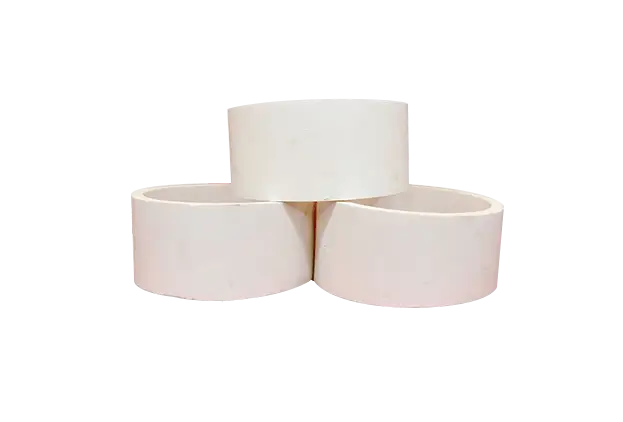As I delve into the world of refractory materials, the fascinating realm of fused alumina bricks captures my attention. These bricks, a product of advanced processing, are celebrated for their exceptional heat resistance and mechanical resilience. But how do they rate against their competitors, such as fired clay bricks or high alumina bricks?
Firstly, the durability of fused alumina is unmatched. Their low porosity and high density yield impressive strength, making them perfect for high-temperature applications. Unlike fired bricks, which can suffer thermal shock and cracking, fused alumina bricks stand firm, maintaining their integrity even under extreme conditions. This characteristic makes them ideal for industries in need of reliability.
Yet, no product is without its downsides. The manufacturing process of fused alumina can be energy-intensive, leading to a higher price point compared to traditional materials. For budget-conscious projects, this could dictate the choice. Additionally, while they excel at resisting thermal shock, they might not provide the best thermal insulation when compared to more porous options.
In the market, refractory materials vary significantly, each with unique properties. Fired clay bricks, for instance, are economical but may not withstand high temperatures as effectively as fused alumina. Meanwhile, high alumina bricks offer better thermal stability but might not rival the mechanical strength found in fused alumina.
To the discerning customer, the decision shouldn’t only rest on cost but also on the specific requirements of the application. For environments where reliability and heat resistance are paramount, fused alumina shines above the rest.
Ultimately, the choice of refractory material hinges on balancing performance and cost. Each type brings a set of advantages and limitations, and understanding these can significantly impact operational efficiency. As I reflect on these insights, I’m reminded of the importance of selecting not just a product, but a trusted partner in your refractory needs.

When faced with a choice among refractory materials, suppliers and consumers alike must navigate a maze of options. By prioritizing both performance and financial constraints, we can ensure that we select the most suitable product to meet our specific demands.
